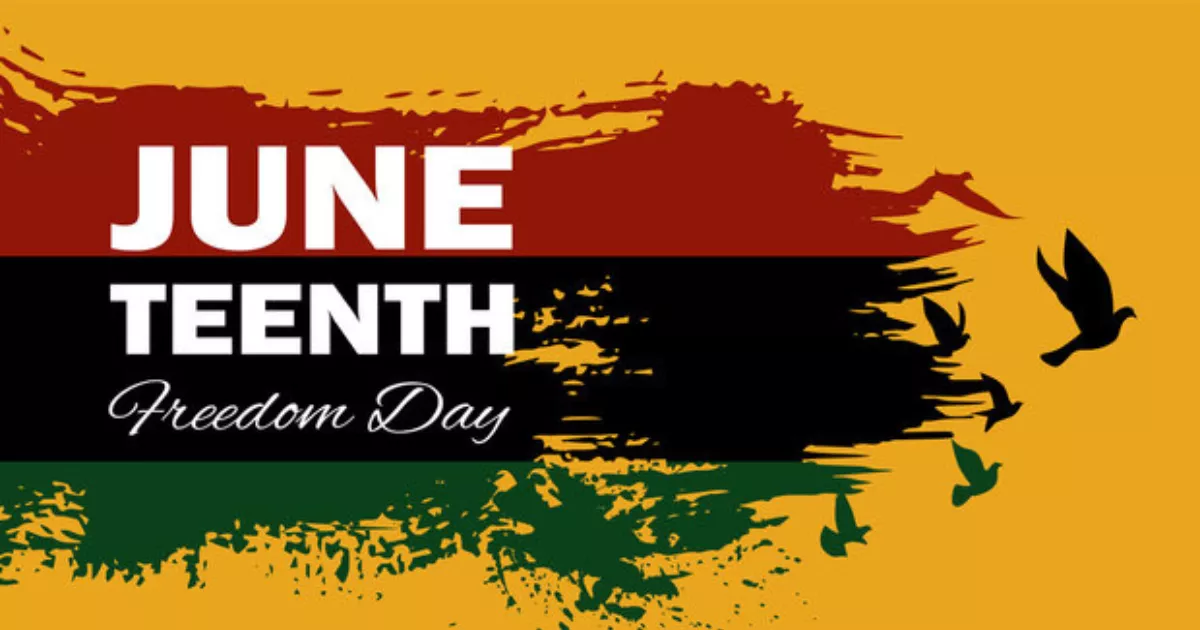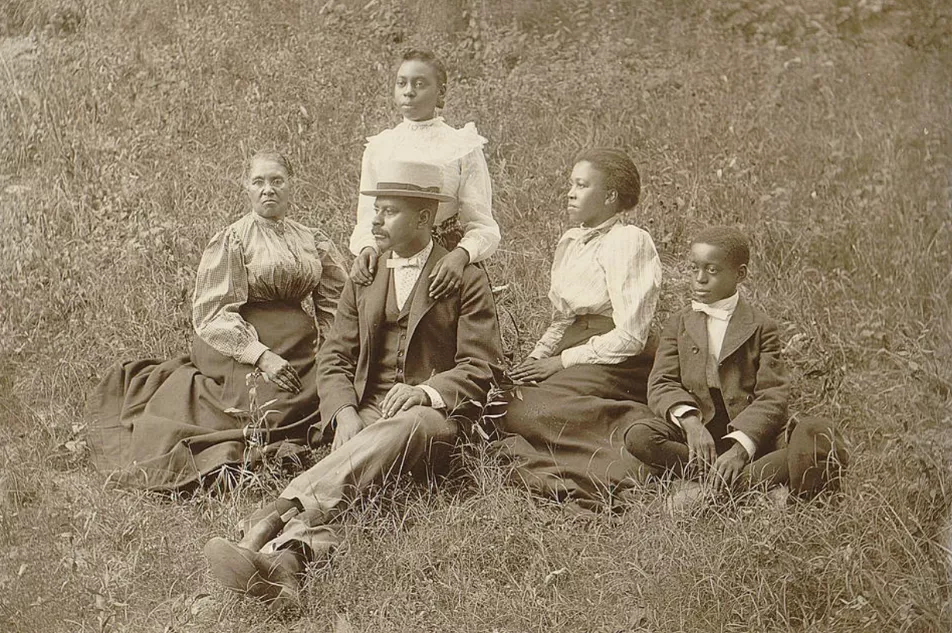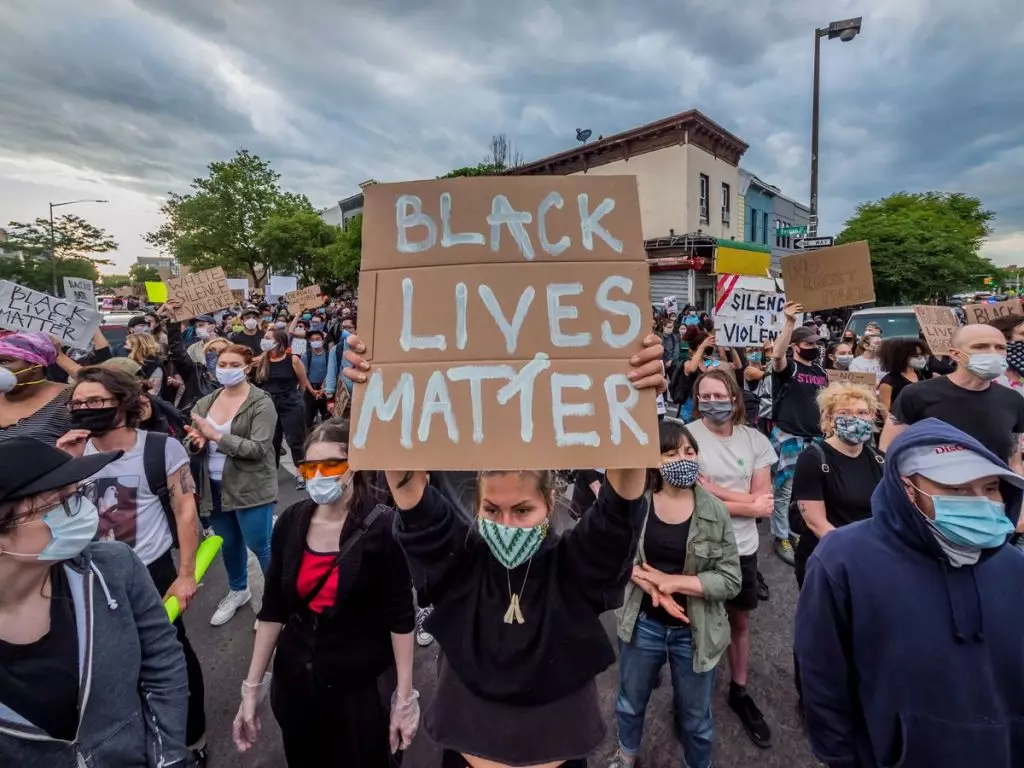
Juneteenth: What Happened and What Still Needs to Happen
Juneteenth (June 19) was finally recognized as a national holiday in the United States in 2021, after decades of campaigning to mark and celebrate this defining moment in American history in general, and Black American history specifically.
What is Juneteenth?
Juneteenth commemorates the actual emancipation day—June 19, 1865—of enslaved Africans in the U.S. While the Emancipation Proclamation was passed in 1863, slavery was not abolished in many Confederate states until the thirteenth amendment was passed in January 1865.
On June 19, 1865, Union soldiers marched into Galveston, Texas to inform the more than 250,000 people who remained enslaved that they were legally free by executive decree.
Juneteenth, also called ‘Freedom Day’ and ‘Emancipation Day,’ has been celebrated as a day of independence in the American Black community for more than 150 years. In the time immediately following liberation, the former slaves of Galveston commemorated the event with prayer and community gatherings. In more recent years, backyard parties, parades, citywide festivals, and watching movies about Black resilience and joy have become just some of the new traditions.
What Juneteenth changed in the U.S.
After the Civil War and subsequent emancipation, during the period known as Reconstruction which lasted roughly from 1865 to 1877, formerly enslaved African Americans in the United States made huge strides in terms of improving their lives, reuniting with family members from whom they had been forcibly separated, and seeking justice by suing former slave owners. They also helped to rebuild the war-torn country by participating in civic life, running for political office, and promoting legislation that would lead to greater equity and equality.

(An African American family sits for a portrait in the late 19th century. Library of Congress)
African American men achieved the right to vote with the passing of the 15th Amendment by Congress on February 26, 1869. The amendment was ratified on February 3, 1870. The years of Reconstruction, and those immediately following, saw Black Americans becoming prominent writers, doctors, scientists, teachers, spiritual leaders, lawyers, military officers, artists, and activists, playing active roles in what many hoped would be a new era of unification and prosperity in all areas of life.
What Juneteenth didn’t change in the U.S.
Despite these triumphs, however, Juneteenth and its immediate aftermath neither solved all the country’s ills nor eradicated the fierce racism that ran rampant among many White Americans, particularly in Southern Confederate states where plantation owners were feeling the loss of free labor on the economy and many had to auction off their land, often at low prices, in order to settle their debts and support their families.
Reconstruction efforts were met with active pushback from the Southern states. Prejudice and discrimination raged. Jim Crow laws, enforcing racial segregation and discrimination, were widespread throughout the late 19th to mid-20th centuries. Lynchings, beatings, and the destruction of thriving Black towns like Rosewood, Florida were common. Black women didn’t achieve the right to vote until the 1965 Voting Rights Act.
There is still a long way to go
It wasn’t until 1964 that the Civil Rights Act was passed, abolishing the Jim Crow Laws. In the decades since, Black Americans have achieved great success, reaching some of the most powerful and prestigious leadership positions in the country. To the country’s great shame, however, widespread prejudice, discrimination, and anti-Black violence have persisted.
Still, in 2023, individual and systemic racism run rampant in education, criminal justice and corrections, corporate America, and in healthcare. The U.S. is currently seeing overt and nearly overwhelming efforts on the part of many states to suppress and erase Black American history, including – and especially:
- The nation’s collective history of oppression of Black people in both body and mind,
- The quashing of educational, social, artistic, and professional opportunities for expression and advancement, and
- The endangerment of Black lives at home, on the streets of their neighborhoods, in their cars, and throughout the country’s healthcare system.
Black Americans are more than three times as likely as White Americans to be killed by police officers, who are sworn to protect them. Unlike these brutal murders, which now quickly go viral on social media, alerting us to the injustice, healthcare inequity is a mostly-silent killer that occurs in the shadows.
(Black lives matter demonstrations across the US)
Silent killer in the shadows
Despite the fact that the abolishment of the Jim Crow laws in 1964 has been linked to significant improvement in Black infant mortality rates, Black people still have the highest rates of infant mortality and maternal mortality across all racial and ethnic groups in the U.S. According to the Centers for Disease Control and Prevention, Black women are three times more likely than White women to die from a pregnancy-related cause. A recent, highly-publicized case is that of Olympian Tori Bowie. Hopefully, this tragedy will bring much-needed attention, and swift, practical solutions, to a widespread failure on the part of America’s healthcare system.
Black Americans also face:
- Increased barriers to accessing and utilizing healthcare, including financial barriers
- Higher uninsured rates
- Higher rates of poverty and food insecurity
- Unfair treatment when seeking care for themselves or family members
- Shorter life expectancies at birth
According to the Department of Health and Human Services, Office of Minority Health, Black Americans are also at higher risk for:
- Asthma
- Cancer
- Diabetes
- Heart diseases and stroke
- HIV/AIDS
- Influenza and pneumonia
- Uterine fibroids (along with being more likely to be pushed toward hysterectomy as a treatment for fibroids, rather than less invasive options that preserve the uterus)
Access to, and variation in, quality healthcare, higher prevalence of underlying medical conditions, systemic racism, and implicit bias all contribute to these gross disparities.
What still needs to change
While some sectors have been working hard for decades through both large-scale campaigns and smaller grassroots efforts to make healthcare and health outcomes more equitable, there is still much to be done.
There continues to be a dearth of Black physicians in every area of medicine—only 5.7% of U.S. doctors are Black—and research shows that Black patients who see Black doctors receive better preventative care, live longer, and experience better overall health outcomes.
According to Michael Dill, the Association of American Medical Colleges’ director of workforce studies, a primary cause of the percentage of Black U.S. doctors remaining far below that of the general Black population has been “institutional and systemic racism in our society,” which includes the historical exclusion of Black people from medical schools and the health professions.
What leaders can do at all levels
The problems start long before the level of medical school, Dill continues. “At young ages, exposure to the sciences, science education resources, mentors and role models all make it more likely that a child could become a doctor – but such exposures and resources sometimes are disproportionately not as accessible in the Black community.”
Support and encouragement must start early, he says, and “that requires going back to pre-college – high school, middle school, elementary school, kindergarten, pre-K – we need to do better in all of those places in order to elevate the overall trajectory to becoming a physician and make it more likely that we will get more Black doctors in the long run.”
Other steps toward potential solutions to health inequities include engaging healthcare professionals and self-reflection on the part of leadership, says Jonathan Leonard of the American College of Healthcare Executives.
Learn the history of underserved communities, he recommends. “Research health disparities in your area and consider the reasons why those disparities exist.” Other steps that he suggests include:
- Evaluate current policies and business practices to determine if they negatively impact vulnerable populations.
- Engage in deep listening to patient concerns, to identify opportunities and innovations for improvement.
- Facilitate informed and collaborative decision-making, and make sure all stakeholders have a place at the table.
What does all this have to do with Juneteenth? It’s a testament to the fact that freedom from literal, physical slavery and oppression confers more choices and opportunities, but it’s only a beginning.


